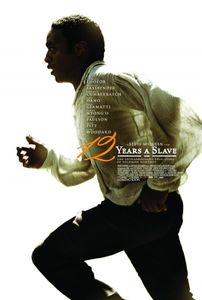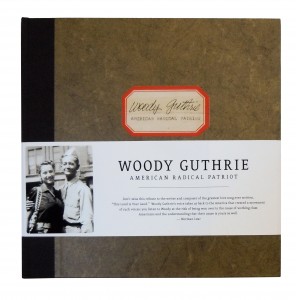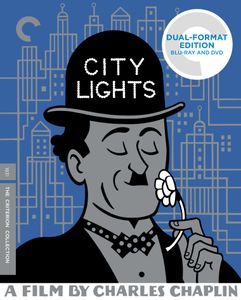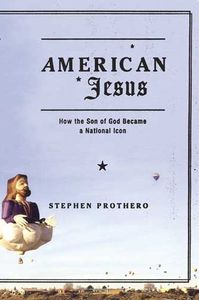 12 Years a Slave is a beautiful, horrifying, and challenging film. It is the story of the capture and enslavement of Solomon Northup, a free black man from New York, after he is duped into taking his violin performances dangerously close to the border and slave states on a promising concert tour. He quickly finds himself in chains, and then in Louisiana, no longer his own master. For the next twelve years, he is passed from plantation to plantation, finding ways to survive amongst unspeakable suffering. Forced to keep his past unspoken, his ability to read and write hidden, and his passions in check, Northup is nevertheless determined to make the best of his situation, biding his time while he keeps the hope alive that he will one day return to his family.
12 Years a Slave is a beautiful, horrifying, and challenging film. It is the story of the capture and enslavement of Solomon Northup, a free black man from New York, after he is duped into taking his violin performances dangerously close to the border and slave states on a promising concert tour. He quickly finds himself in chains, and then in Louisiana, no longer his own master. For the next twelve years, he is passed from plantation to plantation, finding ways to survive amongst unspeakable suffering. Forced to keep his past unspoken, his ability to read and write hidden, and his passions in check, Northup is nevertheless determined to make the best of his situation, biding his time while he keeps the hope alive that he will one day return to his family.
I spoke with the screenwriter John Ridley, who adapted Northup’s memoir on spec, hoping that his project with director Steve McQueen would be produced if he could make it good enough. When I first got on the phone with Ridley, I told him that while I did not enjoy the film, per se, he had certainly accomplished that goal. Northup’s journey is a tear inducing, harrowing experience to watch. Over a century of American film has not been able to produce such a powerful depiction of the peculiar institution. Our conversation touched on everything from the religious lives of slaves to Hollywood’s failure to provide us with sufficient images of the era. Continue reading There is Nothing to Forgive: An Interview with John Ridley







